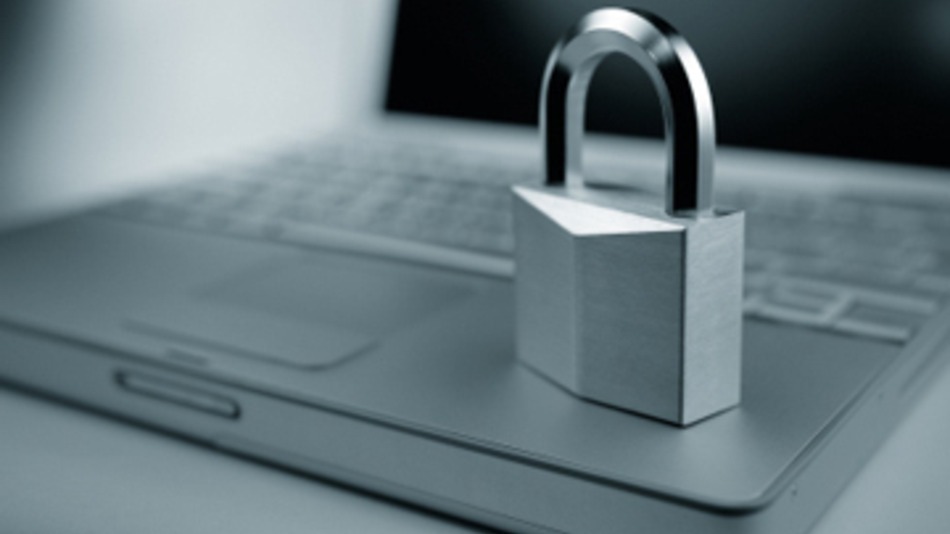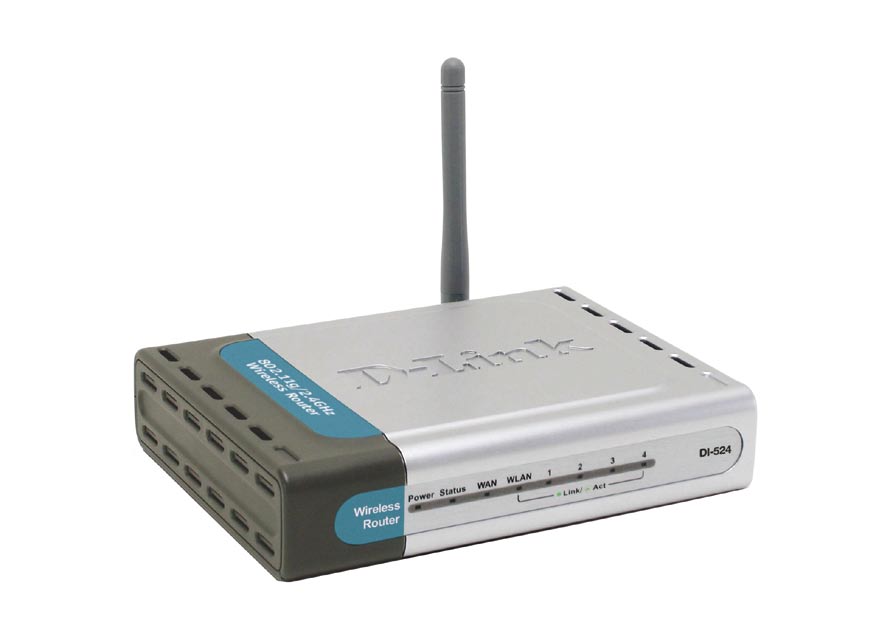I have written many posts regarding securing a computer in the past. Many of the posts have gone into detail about using specific software and hardware to secure your computer.
In this post I will provide a more quick overview of the main components that you should have if you want to secure your computer.
Hardware Firewall
A good hardware firewall should be your first line of defense. This piece of hardware is connected directly between your modem and computer, so any data that is sent from the Internet to your computer passes through the firewall. This allows it to protect your computer from malicious traffic.
I have both a wired and wireless router/firewall connected to my modem. My wired router/firewall is the Linksys 10/100 Mbps Router. My wireless router/firewall is the Linksys WRT54G Wireless-G Router.
Software Firewall
This piece of software performs a similar function to it’s hardware sibling. The biggest difference is that it is installed on your computer and runs once your operating system loads.
You should use this in conjunction with the hardware version since it provides additional protection from bad traffic. Not only does a software firewall monitor traffic that is sent to your computer from the Internet, but it also monitors traffic from your computer to the Internet.
Why should you monitor traffic sent from your computer? If you have spyware or a virus installed on your computer that is sending information to a server on the Internet, the software firewall will alert you. When you receive the alert you can block that software from sending information and then lookup how to remove it.
ZoneAlarm is the most popular free software firewall to use. I have tried other free firewalls, but found ZoneAlarm to be the easiest to use.
Virus Scanner
Everyone who uses a computer has probably heard about viruses and the trouble they can cause. There are many software packages on the market that can easily help clean your computer from many of these viruses. It is important that you install this type of software to help keep your computer clean and secure from viruses.
For a good free virus scanner, check out AVG. This is the one I currently use for my computers.
Anti-Spyware
Similar to virus scanners, these tools are used to remove malicious software it finds on your computer. Spyware is meant to “watch” you as you surf the Internet, or even record your keystrokes. Installing anti-spyware software will help keep your computer free from spyware.
Two free and easy-to-use spyware applications are Ad-Aware and Spybot-S&D. I currently use both products on my computers.
Common Sense
This is probably the most effective “tool” you can use to keep your computer safe. Don’t open e-mails from recipients you don’t know, or visit questionable Web sites. You may also want to backup your data to keep it safe from computer crashes.
Summary
This post provided a quick overview of the tools you will need to keep your computer safe. Besides the hardware firewalls, there are good free alternatives of the tools that you will need.
In the end, however, the best tool you can use is good ol’ common sense.



